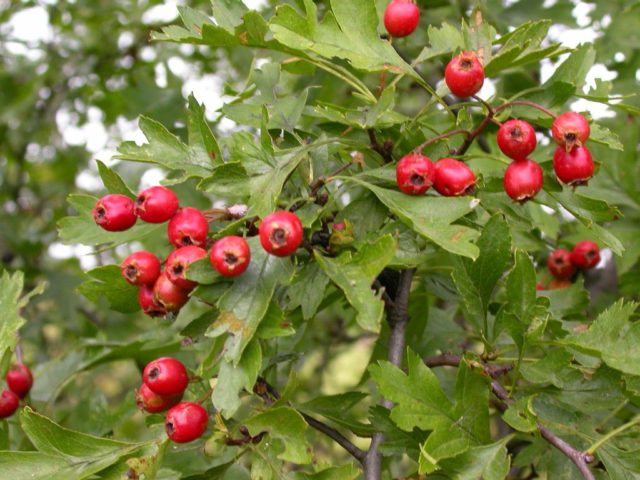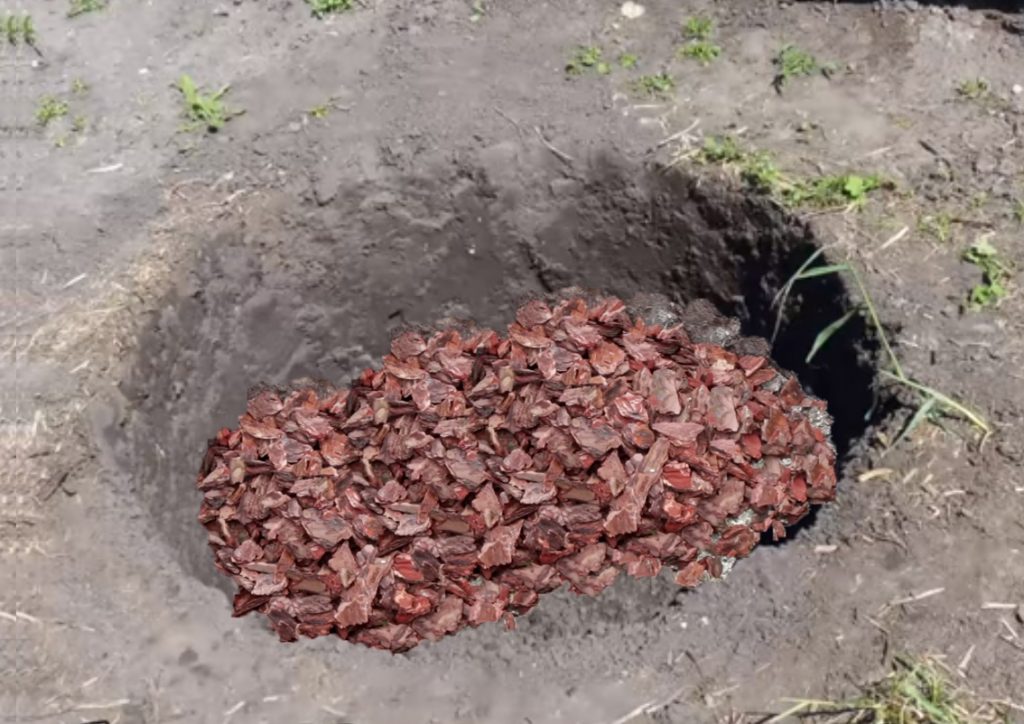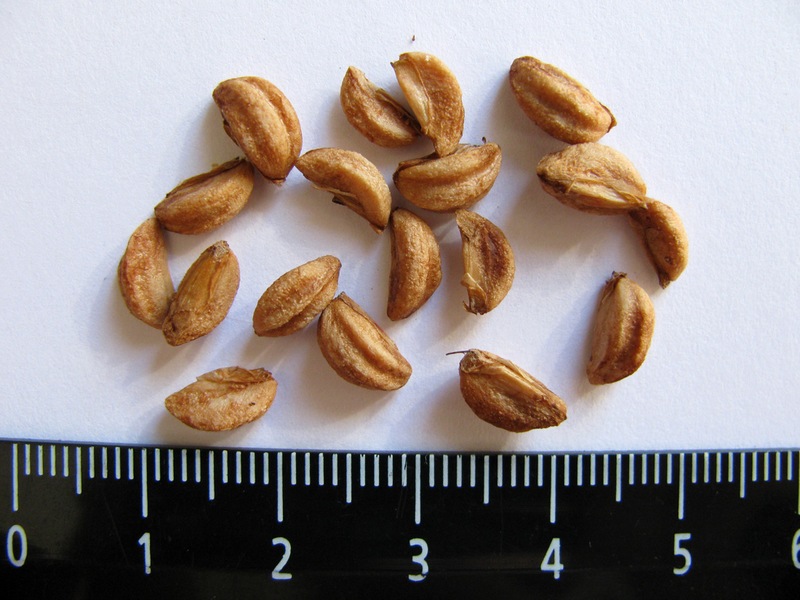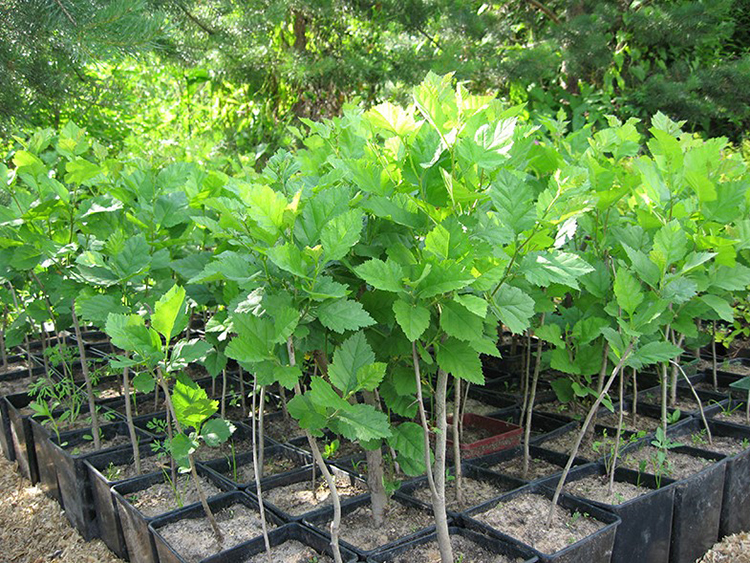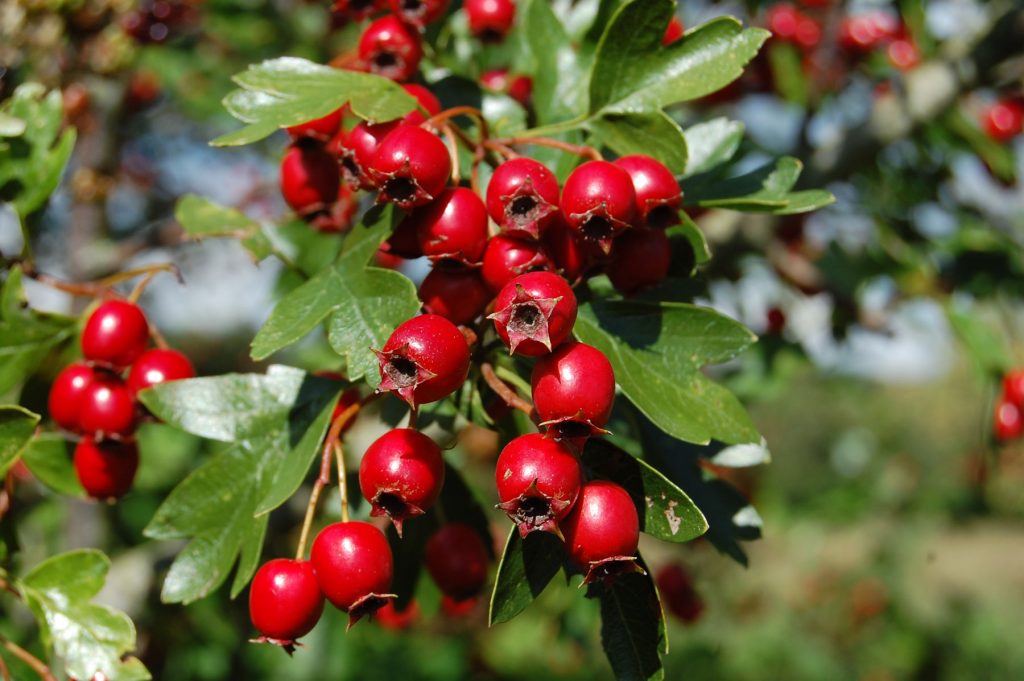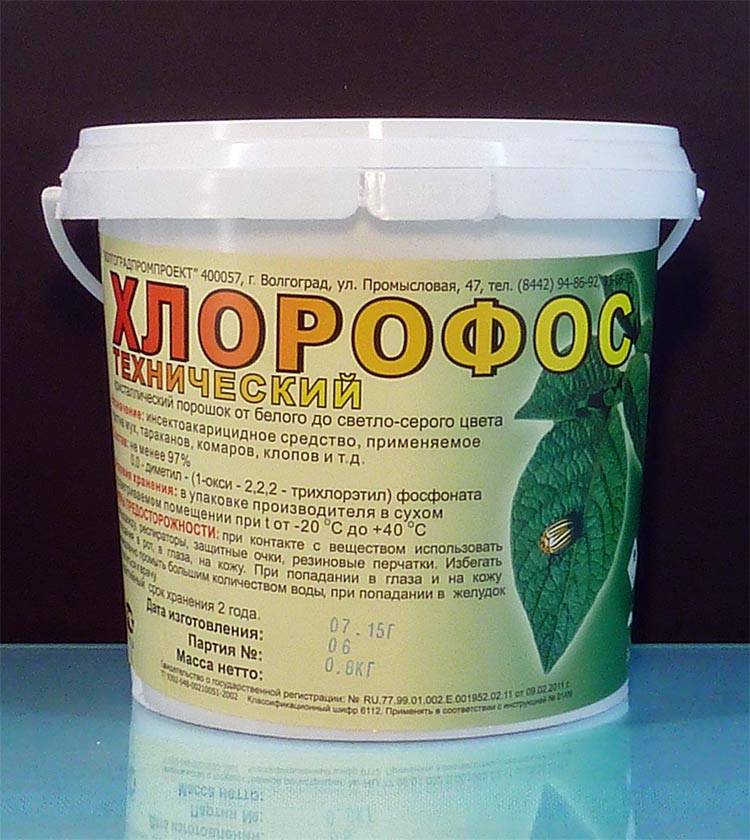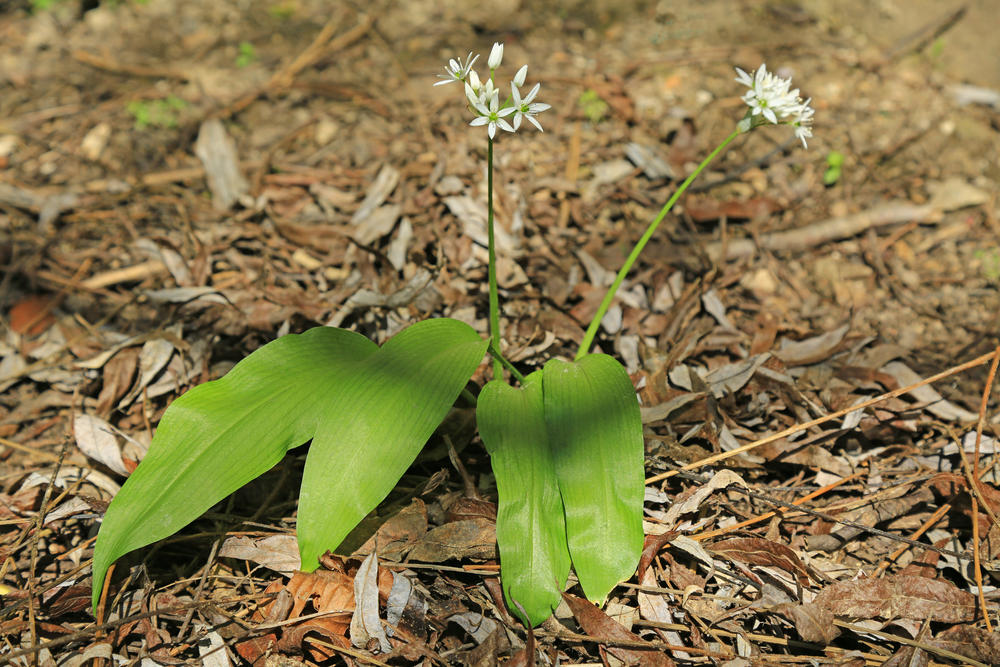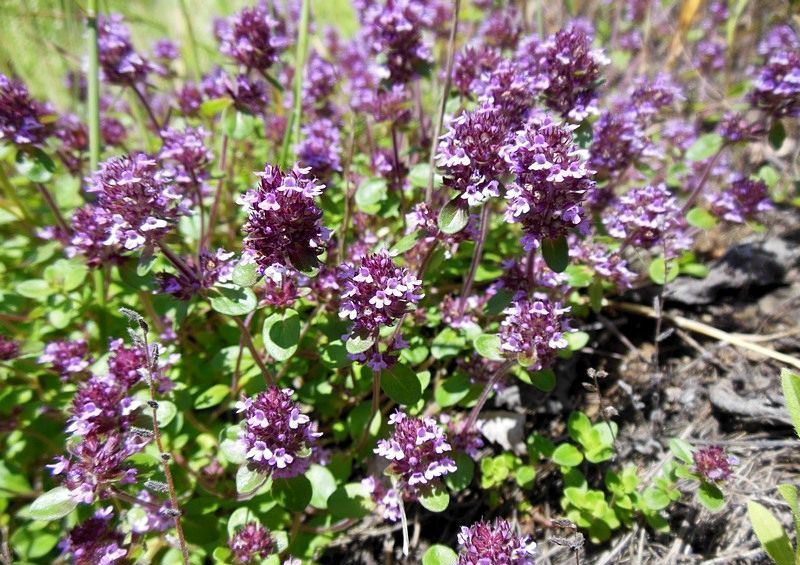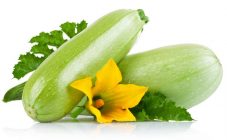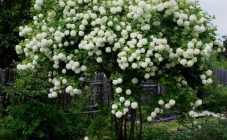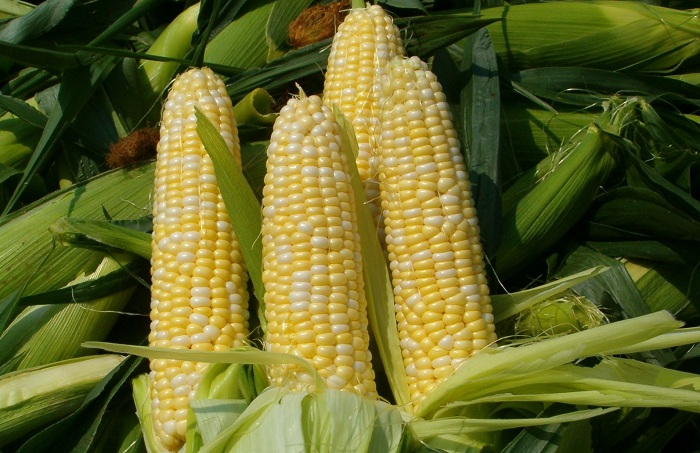Content:
Hawthorn is known not only for its healing properties, but also for its beauty. Many plant it in plots to decorate the fence, garden. This is facilitated by the unpretentiousness of the plant to the planting site and easy care in the future.
Hawthorn: planting and care in the open field
Common hawthorn is a large-fruited tree from the genus hawthorn, the Pink family. The average age of the tree is about 300 years. It looks like a large shrub at the beginning of growth and as a tree 3-8 m in height at an older age. The trunk and branches are a light gray shade with spines up to 3 cm, with the exception of pinnacle hawthorn. This variety is the only one that has no thorns on the branches. The leaves are thin, dark green above, light green below, at the ends of the branches are jagged, and the rest are three-lobed.
Flowers up to 1.5 cm in diameter, collected in inflorescences of 6-12 pieces. Hawthorn blooms in late spring - early summer, and bears fruit by early autumn. Elliptical fruits, up to 1 cm in diameter, can be blood-red, yellow and whitish, the pulp is juicy.
Hawthorn grows both in North America and throughout Eurasia. In Russia, it will also bloom well and bear fruit both in the Moscow region and in Primorye.
The most common varieties of hawthorn for country gardens:
- Mob;
- Visit;
- Zvyata;
- Signev;
- Lava.
In order not to worry about careful care in the future, you need to choose the right growth conditions for the hawthorn before planting. The main factors of planting a tree, like everyone else, are the choice of soil, the degree of lighting and humidity of the area. It will depend on this whether the plant will hurt, whether it is necessary to additionally water and feed it, how it will bloom and bear fruit.
How to plant hawthorn
For hawthorn, it is better to select heavy but fertile soil. Although the tree has no particular preferences, it can also grow in loamy, sandy or calcified soils. It is much more important to consider that there should not be any accumulations of moisture there, the hawthorn does not like this. If you just can't find such a place, then some gardeners make artificial drainage. For this, the landing pit is laid out with gravel, brick fragments, pebbles.
It is worth choosing a sunny area, but there are varieties of hawthorn (for example, Paul) that tolerate shady conditions well, but you should not risk it, because the flowering and fruitfulness of the tree will depend on the light. There is no reason to worry that the tree will burn out in the sun, since the hawthorn is excellent even for a strong sun.
Reproduction of hawthorn
When asked how to propagate hawthorn, experienced specialists offer the following options:
- layering;
- cuttings;
- seeds.
The scheme of reproduction by layering is based on the fact that in the spring the plant shoot is laid in a depression in the ground, fixed and covered with earth. Then this area needs to be watered and fertilized, and by autumn the shoot will give roots. It is cut from the mother tree and planted as a separate plant.
Propagating hawthorn by cuttings is a more complicated process. It can be cut in the spring before the sap flow season or in the fall after the foliage has fallen. First you need to select the shoots. At this stage, it is important to understand which shoots will root well.They should be free from frostbite, without visible damage, 1-2 years old. The best shoots are found in the middle of the hawthorn on the south side of the crown. They need to be cut into 10 cm.
It is worth noting that there is a method for propagating hawthorn by cuttings, when not the shoots of the tree, but its roots are used for this. Roots of at least 2 cm are selected for hawthorn cuttings. Further, the processes of root formation, growing and planting follow - everything is as usual.
After the cuttings are cut, they must be placed in a root-forming solution, then planted in a greenhouse in a specially prepared soil of peat and sand. After planting, the soil of the cuttings is moistened with the same root-forming solution.
The next stage is growing. Some gardeners skip it, but it is very important for the overall strengthening of the plant. For this, fertile land is specially selected, it is flavored with chalk and defect. Cuttings are planted in the soil, keeping a distance of 20 cm between them. The growing period is long - up to 4 years. All this time, the plants are looked after using standard procedures (watering, loosening, pruning). In the second year, they are fed with nitrogen fertilizer. When the seedling reaches 60 cm, it is cut off and 2-3 shoots are left.
Many novice gardeners are concerned about the question of how hawthorn reproduces by seeds, and whether it is possible to get anything from this. Almost anything can be grown from seeds, but is it worth it? The hawthorn seed has a thick shell, it takes a long time to awaken. When propagated by seeds, they will need to be stratified for about a year. After that, they are planted in the garden, but seedlings may appear after 2 years. There is also a high probability that the seeds will be empty, which means that all the work was in vain.
How to plant a hawthorn: preparation
Many people find planting hawthorn seedlings simple and easy, since the seedling will be 100% accepted, and its growth will be noticeable next year. Whatever it was, but here, too, there is a technology of planting in open ground, which is better to familiarize yourself with in advance.
First, the landing site is prepared. It is worth doing this half a month before planting. You need to dig a hole up to 80 cm deep, and the width is the size of the root system of the seedling. At the bottom of the hole, you need to create a drainage system up to 20 cm thick.Then, sand, humus, peat are introduced from above. Everything is covered with soil and left before planting.
When planting a seedling, you need to straighten its roots and place them in a hole without damaging them. Next, the bush is dug in and watered.
Those who want to plant a hawthorn for a hedge should know some of the nuances. For landing, you need to pull out not individual recesses, but a ditch with a strip along the perimeter of the fence. And it is better to plant seedlings close to each other. When the plants grow a little, they are intertwined together, forming a living fence.
Hawthorn: growing and care
All that needs to be done when caring for a hawthorn is to remove dead and diseased branches, fertilize in spring with slurry in April or May before flowering, water abundantly once a month, remove weeds and loosen the soil. These are standard procedures for caring for any garden tree, which does not bring strong financial and physical costs.
From 2 years after planting until the first harvest, you need to feed the plant every year. The first top dressing is applied in the spring in the form of a nitrogen-based solution, and the second at the end of September from nitrophoska.In the required proportions, substances are diluted with water and poured into the soil of the plant.
To improve the yield of hawthorn, there is a system of 3 feeding.
- The first feeding is carried out when the leaf buds bloom. To do this, sodium glutamate is diluted with 3 tbsp. spoons for 10 liters of water. For each bush, you will need from 20 to 30 liters.
- The second dressing is done when the color of the tree begins. Consists of potassium sulfate, effecton organic fertilizer. 10 liters of water takes 1 tbsp. spoon of the first component and 3 liters of the second. One bush will take up to 30-40 liters.
- Fruiting is the season of the third feeding. Ingredients: fertilizer effecton and liquid monosodium glutamate.
Why hawthorn does not bloom and bear fruit
Quite often, on the forums on gardening, they are interested in why the hawthorn does not bear fruit. In general, when does the hawthorn begin to bear fruit? This happens at the age of 5-6 years, and in some varieties from 8-12 years.
Some experts recommend cutting the bark on branches 15 cm from the trunk to accelerate flowering in May. They claim that the tree may bloom next year from this operation.
If there is an abundant growth of the hawthorn crown, this is a sign of subsequent flowering. It means that this year the hawthorn will bring a harvest.
It is also worth considering the following cultivation factors:
- the tree should grow in a well-lit area;
- the crown and bark of the tree should not be affected by diseases and parasites;
- the land must be loosened every season;
- the tree does not need to be filled with water, and liquid should not accumulate in the root system of the hawthorn;
- you need to feed the tree every year;
- the tree needs to remove damaged branches in the spring, but do not get carried away, as heavy pruning of the hawthorn will harm future flowering and harvest.
But gardeners do not advise planting some crops near hawthorn. In particular, it is better not to place next to the tree:
- pear;
- apple tree;
- cherries;
- plum.
All these plants have common pests such as leafworm, hawthorn, and aphids. If one tree becomes infected, everyone will be affected and there will be no harvest in the entire garden.
Insects feed on hawthorn sap, destroy flowers, and in spring they lay larvae in the bark, thereby destroying the plant. Against them, the tree is sprayed with soapy water or chemicals (chlorophos or karbofos). When a hawthorn is infected with diseases such as powdery mildew or rot, you can get rid of it by removing the affected shoots, and treat the tree with a solution based on a fungicide.
How to harvest
When it comes to the harvest, the fruits of the plant are usually mentioned. But from the hawthorn, you can collect not only fruits, but also flowers, leaves and even bark.
Flowers are collected when the tree is just starting to bloom. It should be borne in mind that the hawthorn fades quickly, in about a week. A pruner is used to collect flowers.
Leaves are harvested before and during flowering, they are selected intact by diseases and pests, clean. They are cut off or cut with scissors. It is worth making sure that 2/3 of the leaves remain on the branches.
Hawthorn fruits are harvested in early October, provided they are fully ripe. Berries are cut in bunches, rotting or damaged by pests are also collected, but thrown out.
After harvesting, it is worth worrying about storing hawthorn gifts. Leaves, bark and flowers are scattered on a cloth or paper, placed in a room with good ventilation and stirred after a certain time. The fruits should be dried in ovens or special dryers with a temperature of 50 ° C. Everything is stored in paper, sealed in glass containers, distributed in fabric bags. The beneficial properties of leaves, fruits and bark lasts up to 2 years, in flowers up to 1 year.
Hawthorn fruits have a unique composition and include vitamin K, sugar acids, sorbitol, b-carotene, phenolic acid, coumarin and more.They help to improve the cardiovascular system, treat angina pectoris, arrhythmia, hypertension. Hawthorn is also prescribed for stress, insomnia, fatigue and even neurosis. It is recommended for diabetics, as it lowers blood sugar levels, and the astringent property helps with gastrointestinal diseases, is used as a diuretic.
Thus, hawthorn planting and maintenance is not demanding compared to many other garden trees, so breeding it is worthwhile. The tree will become an excellent decorative decoration for a summer cottage and will give a healing harvest for many years.
